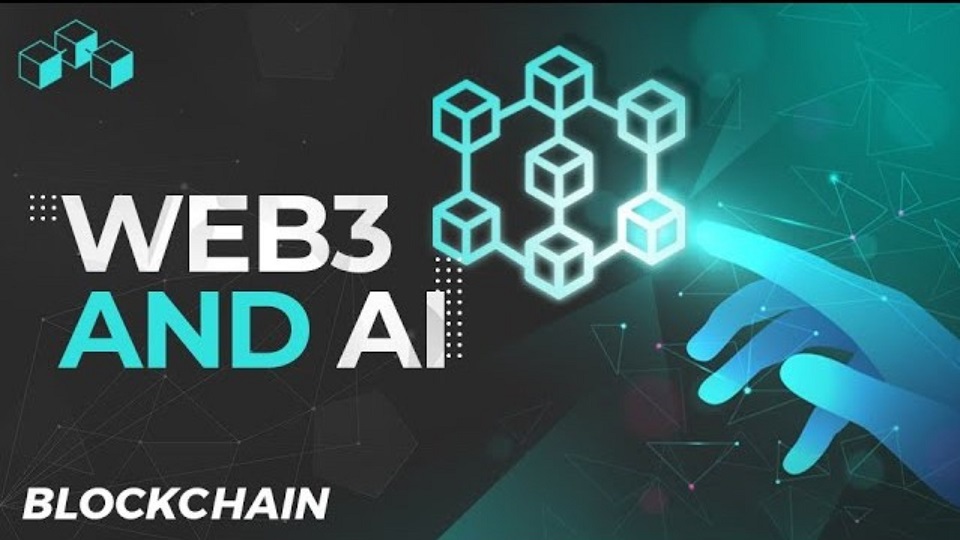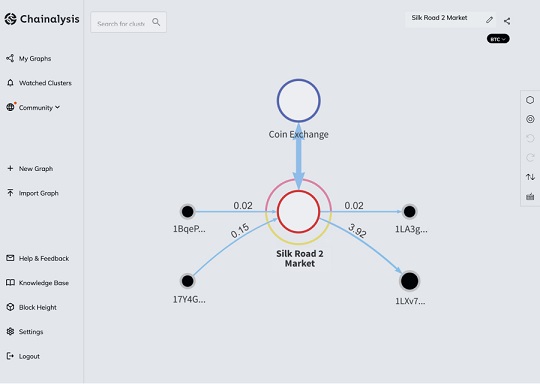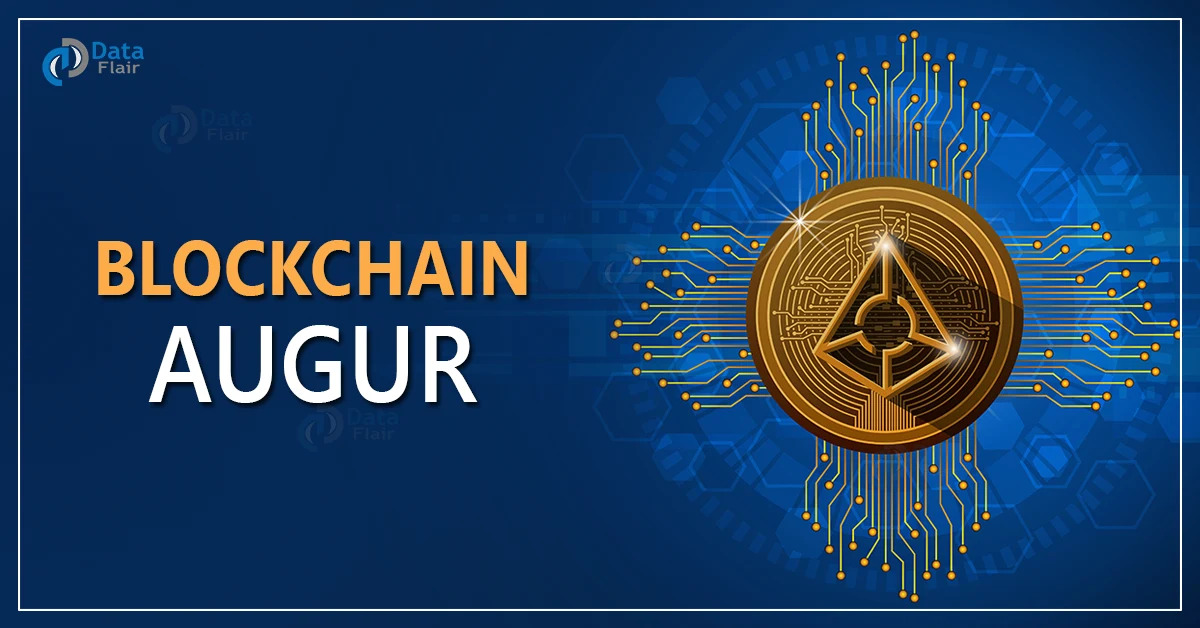Introduction
Which technologies do you think will dominate the future?
AI, Blockchain, or Web 3.0? Or is it all of these?
There’s no doubt that new technologies like AI & Web3 come with the potential to change the digital society. Artificial Intelligence (AI) is human-like intelligence shown by machines trained by feeding data. On the contrary, Web3 ai (based on blockchain) is an upgrade to the present-day Web2, where users are entitled to connect via a decentralized network and access their data.

But what if we could have a combination of these two? Given the prediction-making abilities of AI/ML and the decentralized nature of Web3, their integration can open up a whole new arena of possibilities. This article looks Hence d-Apps & services are looking to make Web3 ai intelligent like never before by using AI.
In this article, we look at some useful real-life examples highlighting the use of AI/ML in the world of Web3 ai .
Learning Objectives
- Explore the different use cases where AI comes integrated with Web3 ai
- Learn the exact procedure in which AI is being used with Web3 (for every use case)
- Comprehend how a Web3 service can be developed by implementing AI
This article was published as a part of the Data Science Blogathon.
Table of contents
What is Web3?
Web3 is like a new version of the internet where things are more fair and open. Instead of big companies controlling everything, people have more say. It uses special technology called blockchain to make it decentralized, meaning no one person or company has all the power. This makes things like transactions and data sharing safer and more private.
5 Ways of Web3 AI
Chainalysis- Stronger Analytics using AI & Blockchain

Source -Chainalysis
Chainalysis is a blockchain analytics platform founded in 2014 and headquartered in New York City. The platform is used by many organizations, including cryptocurrency exchanges, law enforcement agencies, and financial institutions, to detect and prevent fraudulent or illegal activity on the blockchain.
The company has a proprietary database of known addresses and transactions that are associated with fraudulent or illegal activity, which it uses to identify suspicious activity on the blockchain. Chainalysis has partnerships with several major corporations and has received funding from various investors.
Here’s how Chainalysis is using AI:
- Chainalysis collects data from various blockchain networks, such as bitcoin and Ethereum, and stores it in a centralized database.
- The platform’s AI system processes the data to identify patterns and trends that might be indicative of fraudulent or illegal activity. For example, the AI might identify unusually large transactions or associated with known fraudulent addresses.
- Based on the analysis of the data, the AI system generates alerts for transactions that are deemed suspicious. Organizations can use these alerts to investigate the transactions further and take appropriate action.
- In addition to detecting suspicious activity, the AI system can also be used to identify trends and patterns that might be useful for understanding the overall usage and adoption of blockchain technologies.
Augur- AI for Accurate Event Prediction

Augur is a decentralized prediction market platform built on the Ethereum blockchain. It allows users to create markets for predicting the outcome of events, such as sports games or elections, and to trade on the outcome of those events. Augur was founded in 2014 and launched on the Ethereum main net in 2018.
To improve the accuracy of predictions on the platform, Augur uses AI to analyze data from various sources, such as news articles, social media posts, and historical data. The AI system processes this data to identify trends and patterns that might affect the predicted event’s outcome. Users of the platform can then use this analysis to inform their trades and make more informed predictions about the event’s outcome. The platform also rewards users who make accurate predictions, further incentivizing the use of AI to improve prediction accuracy.
Here’s How Augur uses AI:
- When a user creates a market on Augur, they specify the event they want to predict, the possible outcomes, and the end date of the market.
- Augur’s AI system then begins to gather data from various sources that might be relevant to the event. This could include news articles, social media posts, historical data, and any other relevant information.
- The AI system processes this data to identify trends and patterns that might affect the event’s outcome. For example, if the event is a sports game, the AI might analyze data on the teams’ performance, injuries, and other factors that could impact the game.
- Users of the platform can then use this analysis to inform their trades and make more informed predictions about the event’s outcome.
- When the event occurs, and the outcome is known, the platform verifies the outcome and settles the trades. Users who make accurate predictions are rewarded with REP, the native cryptocurrency of the platform.
Ocean Protocol: Exchanging Data on Blockchain Using AI
Ocean Protocol was founded in 2017 by Bruce Pon and Trent McConaghy. The company is based in Singapore and is focused on building a decentralized data exchange platform that enables data sharing and monetization while protecting data privacy. In addition to its work on AI and data exchange, the company is also involved in developing decentralized autonomous organizations (DAOs) & other Web 3.0 technologies. It has partnerships with several major corporations and organizations, including Deloitte, Accenture, and the Singapore government.
Ocean Protocol is solving one of the key issues related to AI modeling. Since AI heavily depends on data, the more the data, the better, as we know. Though we have access to public data, it’s not the same for privately owned or 3rd party data.
Here’s how Ocean Protocol uses AI:
- Businesses and organizations involved in the supply chain share data on the Ocean Protocol platform. This data can include information about the supply chain’s production, inventory, logistics, and other aspects.
- Ocean Protocol’s AI system processes the data to identify patterns and trends that might be useful for improving supply chain management. For example, AI might identify supply chain bottlenecks or predict product demand.
- The AI system generates insights and recommendations based on data analysis. These insights can be used by businesses and organizations to optimize their operations and make better-informed decisions.
- The AI system can also be used to automate certain tasks, such as identifying and resolving issues in the supply chain or optimizing logistics routes.
- The platform uses a native cryptocurrency called Ocean Token (OCEAN) to facilitate data sharing and enable access to data services on the platform.

My Crypto Heroes – a Japanese RPG battle built on Ethereum blockchain (Source – My Crypto Heroes (MCH, マイクリ) | Crypto game from Japan!)
MyCryptoHeroes is a decentralized, blockchain-based gaming platform that allows players to collect, train, and battle with unique digital heroes. The platform is built on top of the Ethereum blockchain and uses non-fungible tokens (NFTs) to represent each hero. This means that each hero is a unique and indivisible asset that cannot be exchanged for other assets one-to-one.
The platform’s native cryptocurrency, GUM, purchases heroes, items, and other in-game assets. GUM can be bought and sold on cryptocurrency exchanges and is used to facilitate trades within the game. In addition to using AI to provide personalized recommendations and automate tasks, the platform also has a social aspect, allowing players to trade heroes and interact with each other in the game.
Here’s How MyCryptoHeroes uses AI:
- The platform uses AI to analyze data about players’ in-game actions, such as the characters they use, the strategies they employ, and their overall performance.
- Based on this analysis, the AI system generates personalized recommendations for in-game actions that are tailored to each player’s unique situation. For example, the AI might recommend specific characters or strategies based on a player’s past performance or the game’s current state.
- The AI system can also be used to automate certain tasks within the game, such as managing resources or making strategic decisions. This can help to reduce the time and effort required to play the game and allow players to focus on more high-level tasks.
- In addition to providing personalized recommendations and automating tasks, the AI system can also be used to improve the overall balance and fairness of the game. For example, the AI might identify and address any imbalances or exploits in the game’s mechanics.
Medibloc- Better Healthcare, Thanks to Web3 and AI

Source – Moralis Academy
Medibloc is a decentralized healthcare platform that aims to empower patients and improve the efficiency and effectiveness of healthcare by enabling secure and transparent data sharing. The platform is built on top of the Ethereum blockchain and uses smart contracts to facilitate data sharing and access to healthcare services.
It has a native cryptocurrency called MED, which facilitates transactions on the platform and rewards users who contribute data or services to it. In addition to using AI to provide personalized treatment recommendations and automate tasks, Medibloc also has a social aspect, allowing patients to connect with each other and share their experiences and information.
Here’s how Medibloc uses AI:
- Patients and healthcare providers can use Medibloc to store and share medical data, such as electronic health records, test results, and treatment histories. This data is stored on a decentralized network, ensuring it is secure and private.
- Medibloc’s AI system processes the data to identify patterns and trends that might be relevant to a patient’s health. For example, the AI might identify risk factors for certain conditions or detect early signs of a condition before it becomes severe.
- The AI system generates personalized treatment recommendations for patients based on data analysis. These recommendations are tailored to each patient’s specific needs and can be shared with their healthcare providers to inform treatment decisions.
- The AI system can also be used to automate certain tasks, such as reminding patients to take their medication or scheduling appointments with healthcare providers.
Conclusion
Web3 stands as a door to immense possibilities, and its amalgamation with AI literally serves as the cherry on the cake. AI and Web3 ai technologies are increasingly being used together to improve various applications in different fields.
- The use of AI in Web3 ai can be seen in decentralized prediction markets such as Augur, which helps to make more accurate predictions by analyzing data from various sources.
- Additionally, platforms like Ocean Protocol and Medibloc utilize AI to provide personalized solutions and automate certain supply chain management and healthcare tasks.
- In gaming, My Crypto Heroes uses AI to provide personalized recommendations and automate certain tasks in the game.
- Chainalysis utilizes AI to analyze blockchain transactions and identify suspicious activities.
- These examples demonstrate the potential of AI to enhance the functionality of Web3 applications, and we can expect to see more use cases of AI in Web3 ai in the future.
Want to know more? Connect with Jyotisman on LinkedIn. Read the author’s articles here.
The media shown in this article is not owned by Analytics Vidhya and is used at the Author’s discretion.





